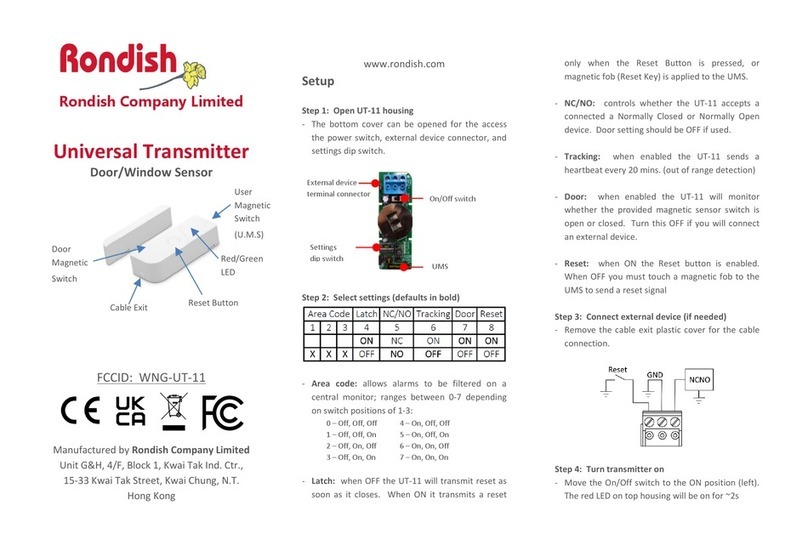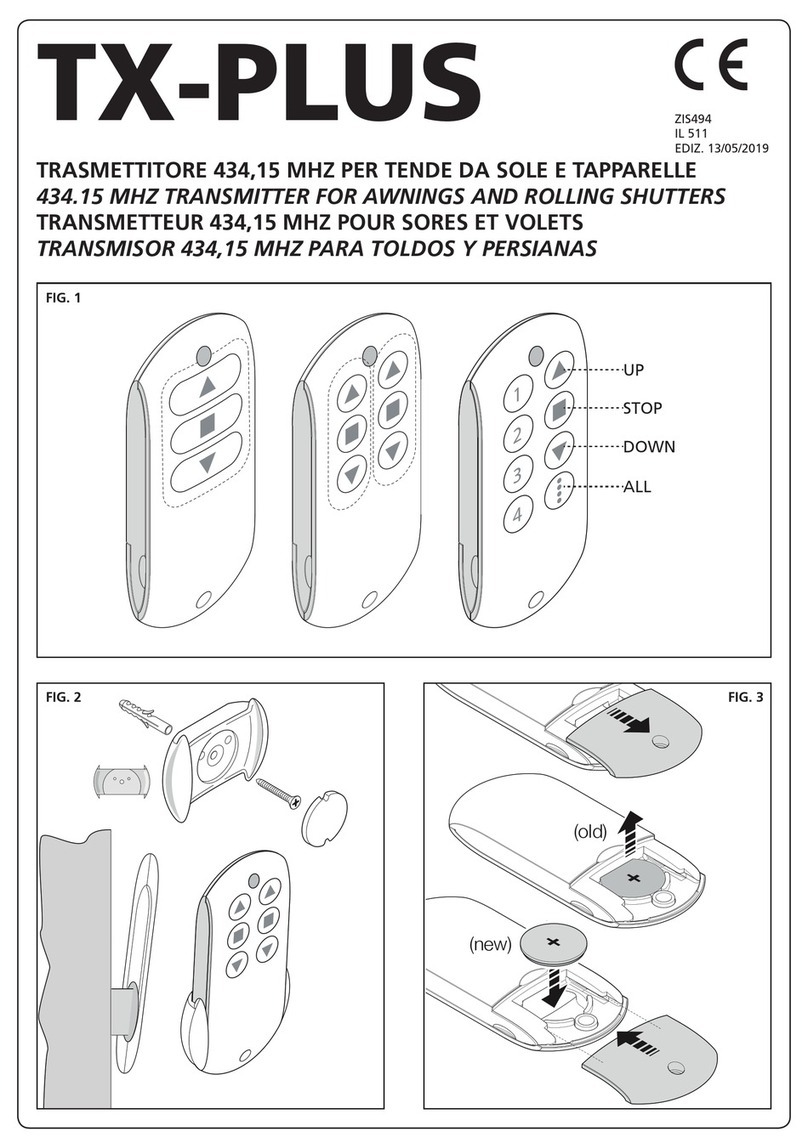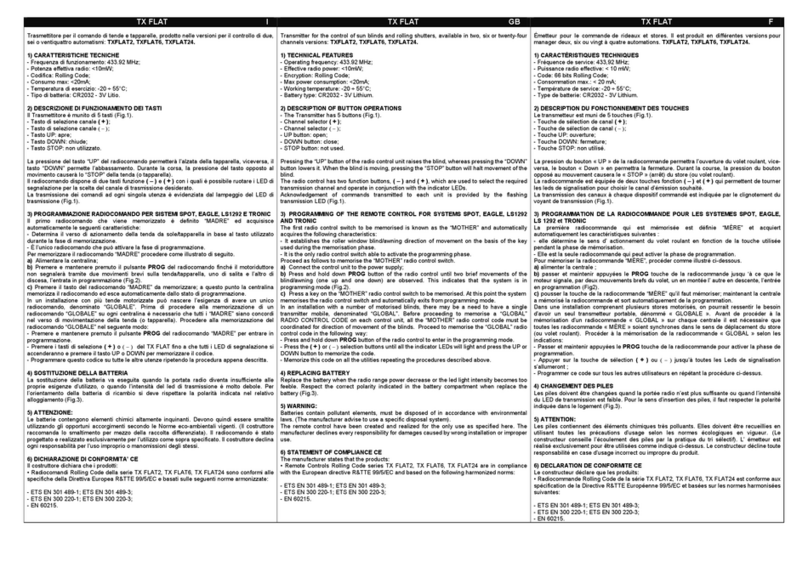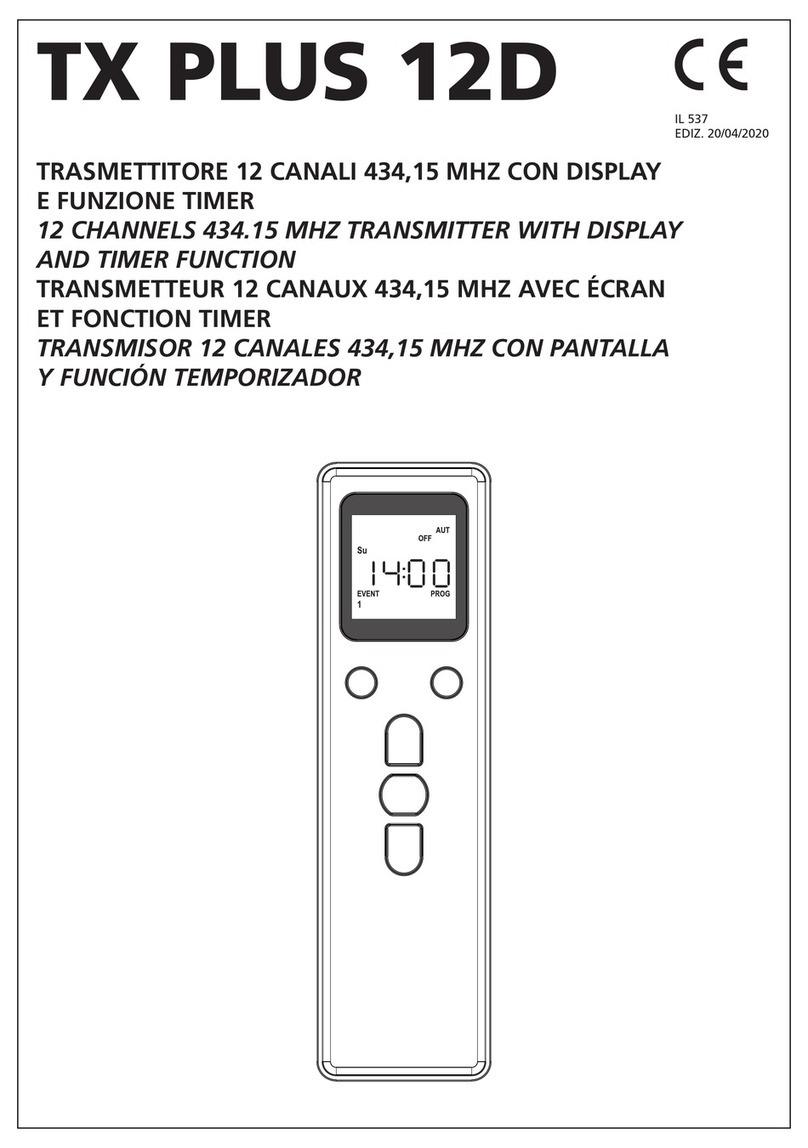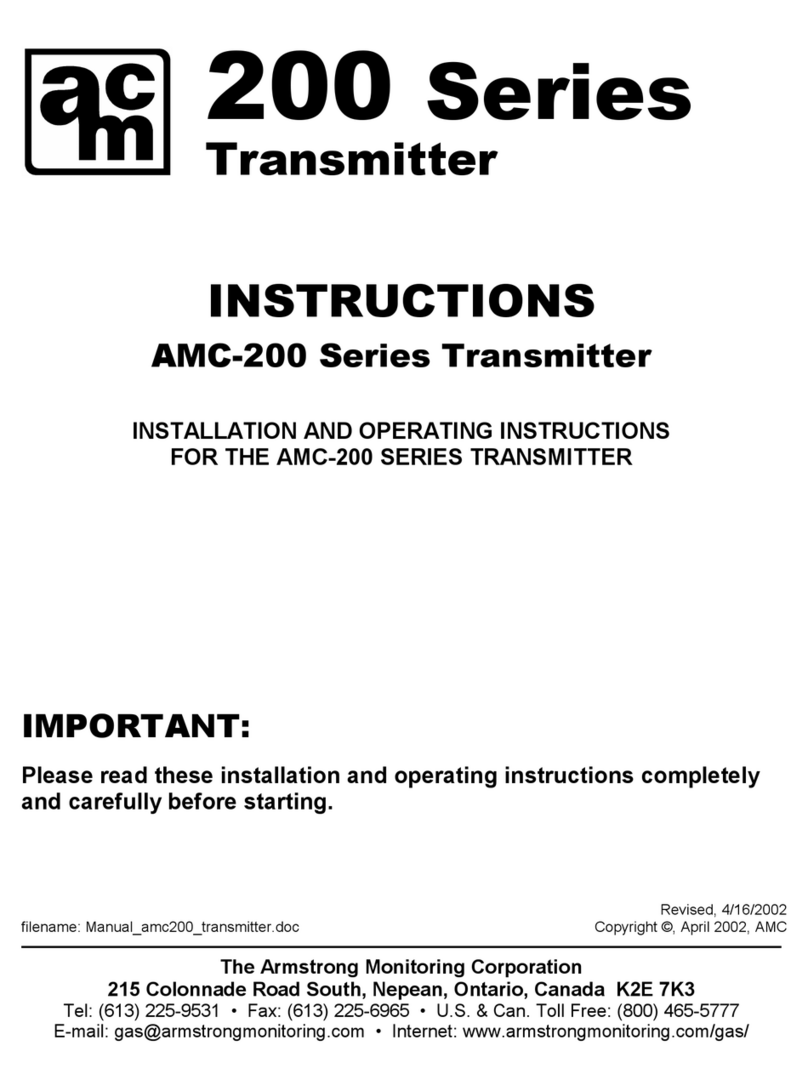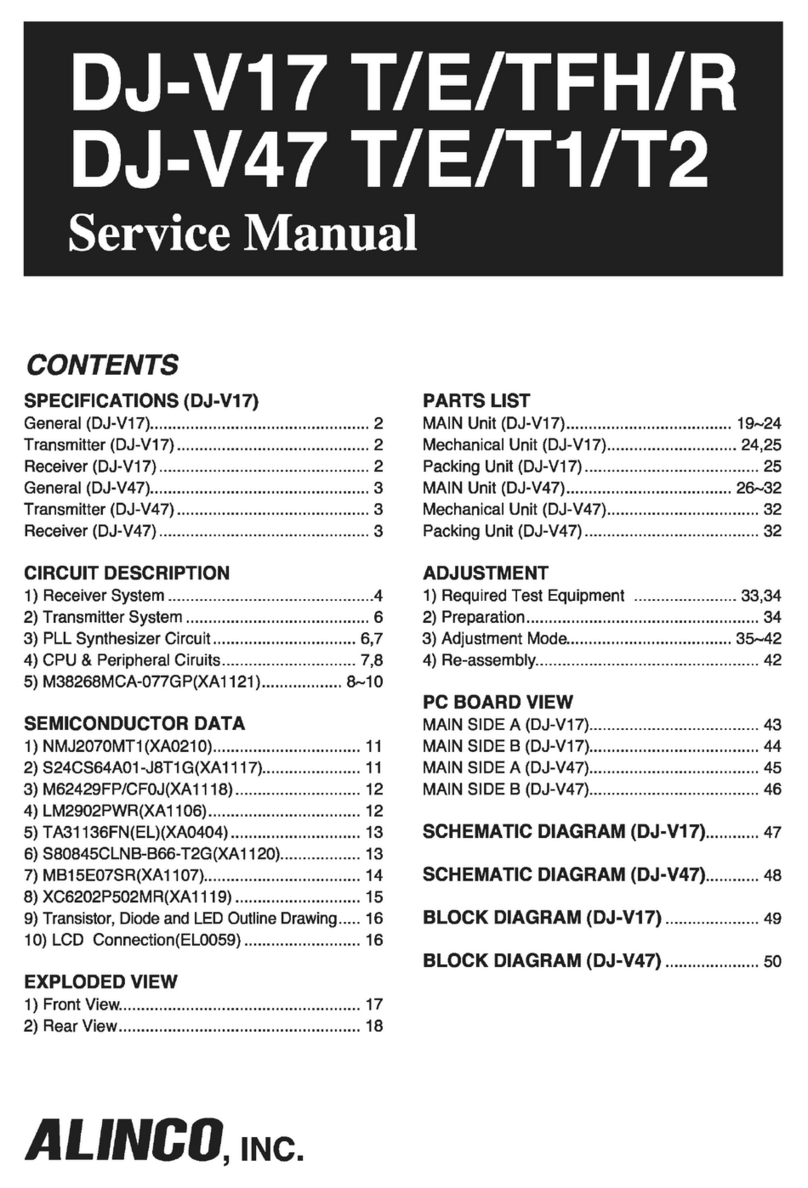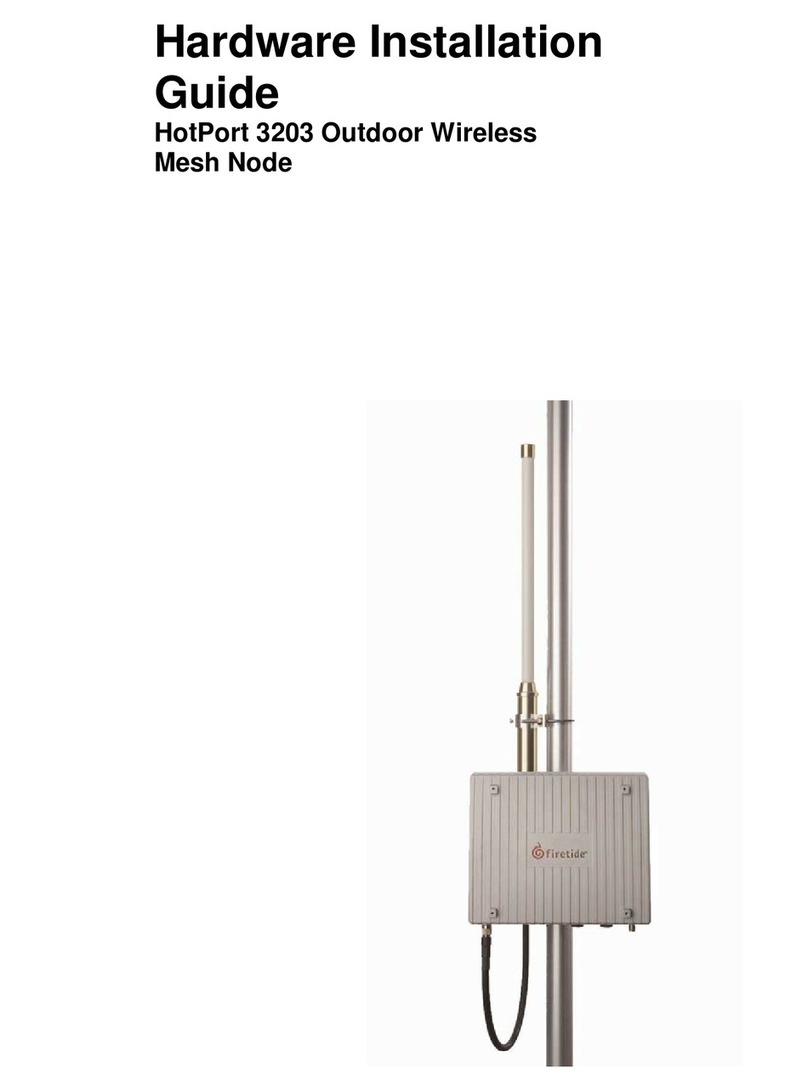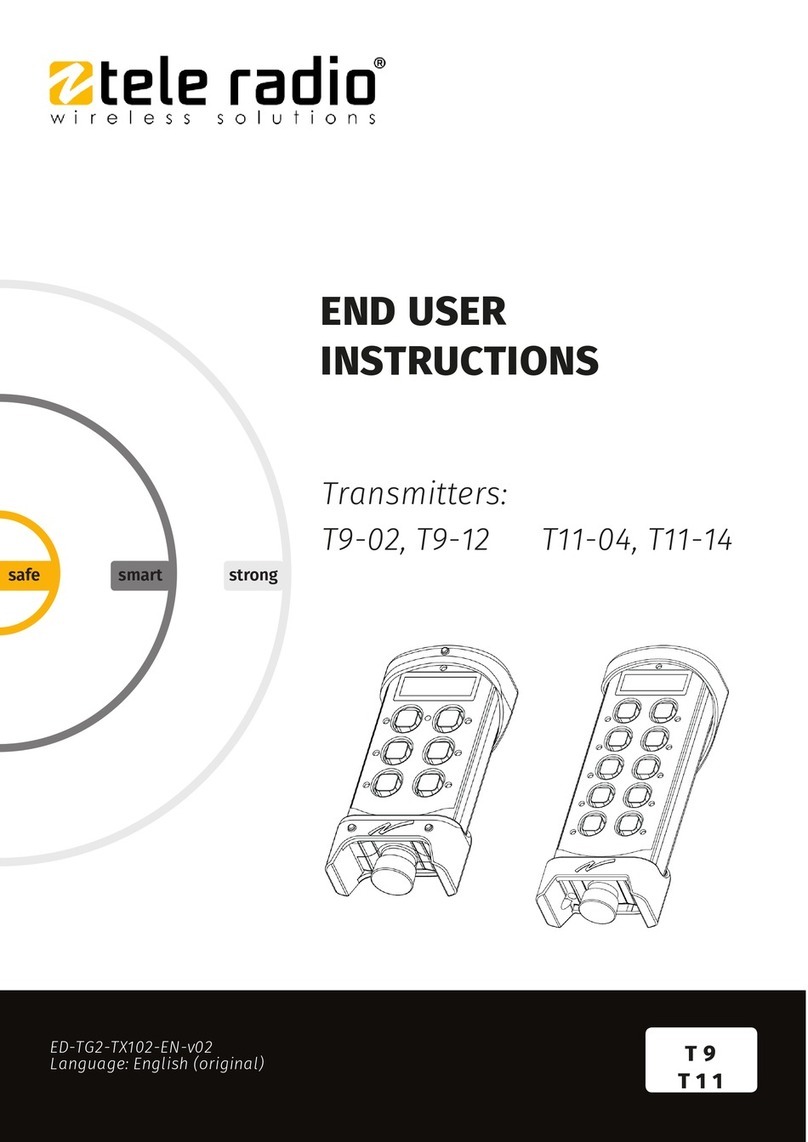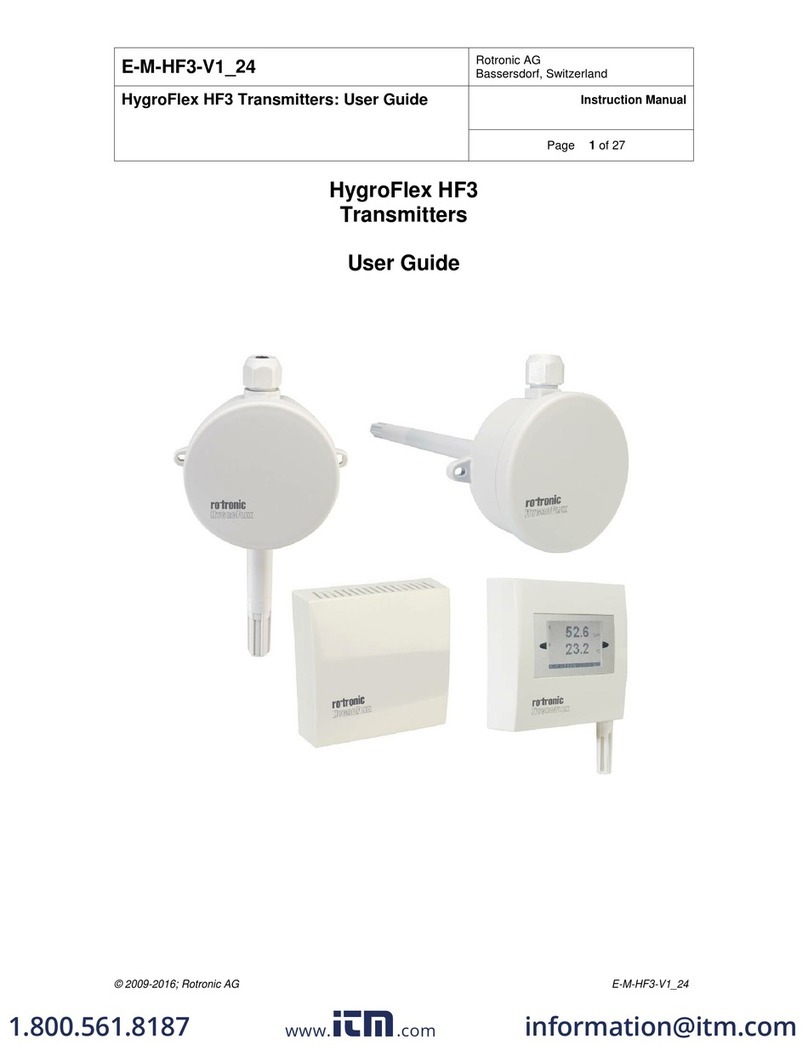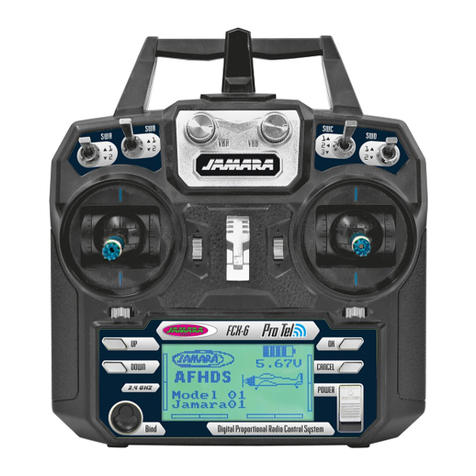
Armstrong Monitoring Corporation
Model ST Series Non-Intrusive Transmitter
-ii -
WARRANTY .......................................................................................................1
LIABILITY...........................................................................................................1
MODIFICATIONS AND SUBSTITUTIONS......................................................1
PRODUCT RETURN ...........................................................................................2
PRODUCT INFORMATION...............................................................................2
FACTORY CALIBRATION................................................................................2
SECTION I.......................................................................................................................3
GENERAL DESCRIPTION .............................................................................................3
1.1 DESCRIPTION..............................................................................................3
1.2 SPECIFICATIONS........................................................................................5
1.2.1 SENSOR VOLTAGE (ST350/360 Series)...................................................5
1.2.2 SIGNAL OUTPUT......................................................................................5
1.2.3 POWER SUPPLY .......................................................................................5
1.2.4 CALIBRATION RANGE............................................................................5
1.2.5 CALIBRATION RESOLUTION.................................................................5
1.2.6 ACCURACY...............................................................................................6
1.2.7 AMBIENT TEMPERATURE RANGE ........................................................6
1.2.8 TEMPERATURE DRIFT.............................................................................6
1.2.9 HOUSING:..................................................................................................6
SECTION II .....................................................................................................................7
INSTALLATION .............................................................................................................7
2.1 MOUNTING..................................................................................................7
2.2 ELECTRICAL CONNECTIONS...................................................................7
SECTION III....................................................................................................................9
OPERATING PROCEDURES .........................................................................................9
3.1 NORMAL MODE OPERATION...................................................................9
3.2 OVERRANGE................................................................................................9
3.3 ROUTINE CALIBRATIONS USING CAL MODE.......................................10
3.4 UNITY GAIN MODE ....................................................................................10
3.5 DELAY MODES ............................................................................................11
3.5.1 POWER UP DELAY............................................................................11
3.5.2 CAL MODE EXIT DELAY..................................................................11
3.5.3 AUTOMATIC CAL MODE EXIT TIMER...........................................12
3.5.4 ABORTING THE DELAY MODES.....................................................12
3.6 FAULT CONDITIONS..................................................................................12
3.7 BACK-UP OF CALIBRATION VALUES DURING POWER LOSS...........12
3.8 LCD READOUT CALIBRATION PROCEDURE .........................................12





